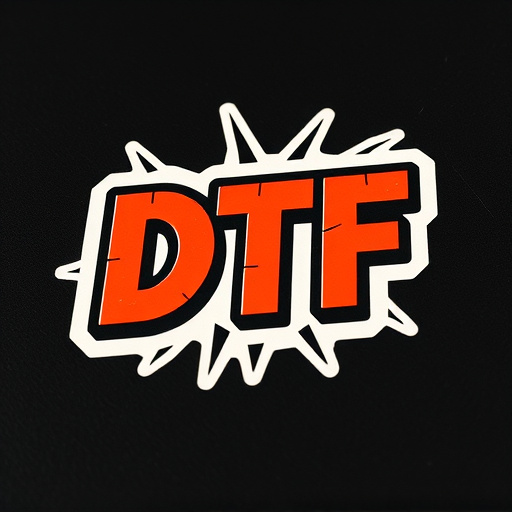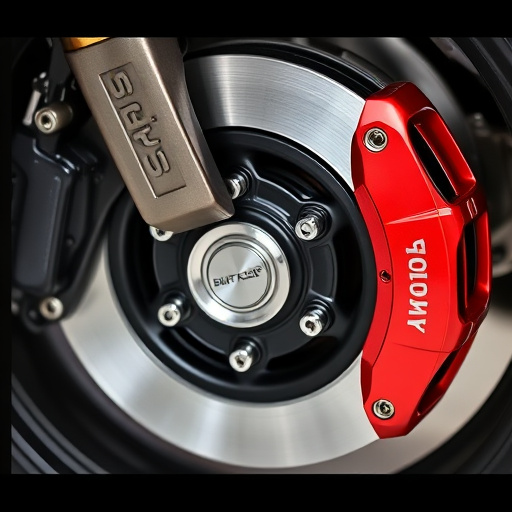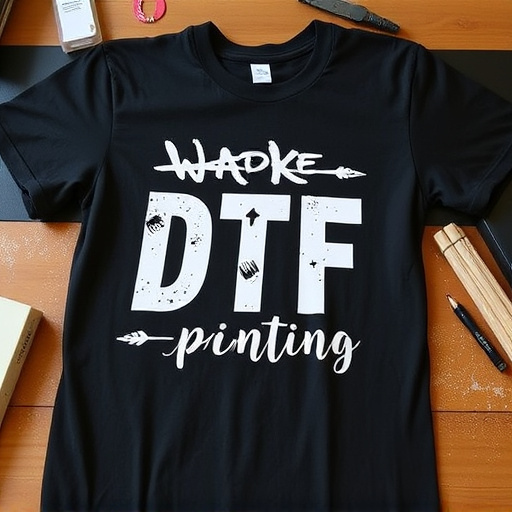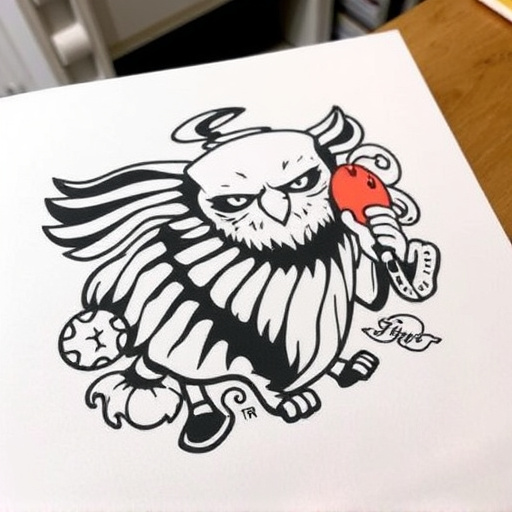DTF water-based inks revolutionize textile printing with their superior softness, vibrancy, and eco-friendliness, ideal for small businesses creating custom apparel. This technology enables high-quality prints on diverse fabrics, supports intricate design layouts, and offers a streamlined production process. Key benefits include enhanced comfort, durability, and an environmentally conscious approach. Effective surface preparation and best practices ensure optimal results, unlocking creative possibilities in designing soft, flexible transfers for t-shirts and activewear.
“Unleash the power of soft, flexible transfers with DTF water-based inks—a game-changer in printing technology. This article explores the unique composition and advantages of these inks, offering a revolutionary approach to various applications.
From their water-soluble nature to exceptional flexibility, DTF inks provide a seamless experience for creators and professionals alike. We’ll delve into how these inks enhance productivity, ensure vibrant colors, and cater to diverse needs. Get ready to discover best practices and unlock the full potential of DTF water-based inks.”
- Understanding DTF Water-Based Inks: Their Composition and Benefits
- Advantages of Using Soft, Flexible Transfers for Various Applications
- Best Practices and Tips for Working with DTF Water-Based Inks
Understanding DTF Water-Based Inks: Their Composition and Benefits

DTF water-based inks are a cutting-edge solution in the world of textile printing, offering a unique blend of flexibility and softness. These inks are specifically designed for direct-to-garment (DTF) printing techniques, which have revolutionized the way custom graphic tees and hoodies are created. Their composition is where their advantages truly shine; by combining water-soluble resins with pigment dyes, DTF water-based inks ensure vibrant, long-lasting colors that remain soft to the touch. This makes them ideal for applying intricate designs onto various fabrics without compromising comfort or quality.
One of the key benefits is the ease of use they offer. Unlike traditional printing methods that may require harsh chemicals and complex processes, DTF water-based inks can be printed directly onto fabric using standard equipment. The ‘cold peel’ feature further enhances convenience, allowing for quick and easy removal from the transfer paper after application, ensuring a seamless final product. This technology is not only a game-changer for small businesses and entrepreneurs looking to create custom apparel but also opens up new creative possibilities for designing soft, flexible transfers.
Advantages of Using Soft, Flexible Transfers for Various Applications

The use of soft, flexible transfers, made possible by DTF (Direct-to-Garment) water-based inks, offers a myriad of advantages across various applications. One of the key benefits is the ability to produce high-quality prints on a diverse range of fabrics, ensuring a more even and vibrant color reproduction. This makes DTF printing ideal for custom apparel like hoodies, where intricate designs and bold colors are often desired. The flexibility of these transfers allows for greater creativity in design implementation, accommodating complex layouts that might be challenging with traditional methods.
Moreover, the water-based nature of DTF inks promotes a more environmentally friendly production process, reducing the use of toxic chemicals compared to solvent-based alternatives. This aspect is significant for bulk DFT shirt production, enabling manufacturers to meet growing demands while minimizing their ecological footprint. Additionally, soft and flexible transfers provide enhanced comfort and durability for wearers, making them suitable for apparel designed for movement and active lifestyles.
Best Practices and Tips for Working with DTF Water-Based Inks

When working with DTF Water-Based Inks, best practices involve preparing your surface meticulously. Start by cleaning and degreasing the item you plan to print; this ensures optimal ink adhesion. Use a suitable cleaner designed for DTF printing to avoid residue that can hinder transfer quality. Pre-heating the substrate is another crucial step, as it sets the stage for even drying and curing of the ink.
For precise results, calibrate your direct to film (DTF) printer regularly. Ensure the print head is clean and the resolution settings are optimal for your desired outcome. Experiment with different printing techniques like masking or overprinting to achieve unique effects. Remember, DTF for t-shirts offers immense versatility; play around with designs and inks to create soft, flexible transfers that enhance your creations without compromising quality.
DTF water-based inks have revolutionized the printing industry by offering a soft, flexible transfer solution. Their unique composition allows for precise and detailed prints while providing excellent adhesion on various surfaces. By adopting these inks, businesses can enhance their production capabilities, cater to diverse applications, and deliver high-quality, durable results. With proper best practices in place, DTF water-based inks ensure efficient workflows and consistent outcomes, making them an indispensable choice for modern printing techniques.














